|
Advertisement
|
Test Match

DescriptionPlayers play out a live-action cricket game with miniature figures on a fabric playing field. One player 'bowls' a small ball from a bowler while the other player operates the batsman. Fielders are placed throughout the board to 'catch' the ball in the base between their feet. A classic and beloved family game originally released in 1977 and immensely popular in the UK, Australia, India and South Africa in particular. The game has undergone a number of changes and additions over the years, but basically layout and game play has stayed the same. In some versions, the Bowler figure has a long tilting 'chute' that the ball rolls down after pushing on the bowlers arm. In others the figure is spring loaded and pressing a lever makes the figure 'throw' the ball, with a setting for fast or slow bowling. The balls themselves have changed from small metal ball bearings to two sizes/weights - for both variety in play and for easier game play for younger players. The playing 'field' also has changed shape and fabric. In some editions it is very thin light fabric (and in older games, the flocking on the underside completely disintegrates and moults off!) in others it is thicker, crease resistant neoprene. The boundary 'fence' is either white L shaped angled plastic flat or picket shaped strips with green joiner pieces or in more recent versions, a simple rope length. In the different versions players can simulate a one-day international, a Twenty/20 series or a full five-day test match. It is very difficult to date many of the earlier games accurately as there are no dates on the boxes (very annoying). The date '1977' on the included rule sheet ACTUALLY refers to the copyright date of the ORIGINAL games release by Peter Pan Playthings and NOT that particular versions release. Guesstimates can be made by the box imagery, design and playing piece inclusions. In the box (decorated with action shots of late 80s / early 90s players including Alec Stewart and Jack Russell) comes with a green beize (?? beige) playing area which is laid out on a table, with six boundary fence sections which Velcro around the edge to act as the boundary and prevent the ball flying off around the room. The batsman attached at one end and the bowler to the other. The pitch (although octagonal) resembles an archery target -the closer to the boundary and further from the batsmen, the higher the ring value. Directly in front of the batsmen is an area worth no runs, outside of that 1 run, then a ring worth 2 runs and the outer area worth 3 runs. Hitting the fence gets 4 runs and there are four small areas jutting out of the boundary worth 6 runs. The bowling player places fielders (with a catching 'cup' between their legs) around the field in an attempt to 'catch' the batsman out. Bowling is achieved by loading the ball into the bowler's cupped hand and pushing down on the front arm, causing the ball to roll down a ramp towards the batsman. The batsman is controlled with cord attached to the bat. The batting player pulls back the cord, releasing it in time to hit the approaching ball. Whichever area the ball is hit to is the number of runs the player gets. There are earlier versions of the game where the batting action is different and the players less detailed. Game DiscussionsAdd CommentYou need to be logged in to comment. Insert Bullet List Please enter at least one item. Item: Item: Item: Item: Item: Insert Numeric List Please enter at least one item. Item: Item: Item: Item: Item: Insert Link Please enter the link of the website Optionally you can add display text Insert Email Please enter the email address Optionally add any display text Insert Image Please enter the link of the image Insert YouTube Video Please enter the link of the video MarketplaceNo listings at the moment. Do you own this game? Click here to list it for sale.
|
Best Sellers
Board Games
|
||||
Latest Searches: drinking quest | West Sacramento | Paw+Patrol+Beach | Belles,+Bourbon,+and+Bullets | combiner+wars+skydive | marvel infinity gauntlet | lobo | boardgame pieces | village+inn | toms river nj monopoly | circle of respect | Happy+Feet+Return+to | monopoly+australian | 5min dungeon | nba | hawaiian punch game | past | baby alive | star wars | Monopoly croatian edition | dont make me laugh | vinyl chess boards | game of thrones the | centauri saga | North shore monopoly | Monopoly hrvatska | Montana board games | Razer | boba feet | monopoly world football starts
All Rights Reserved

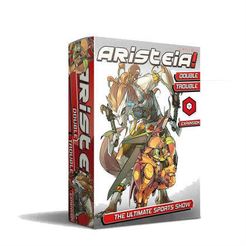

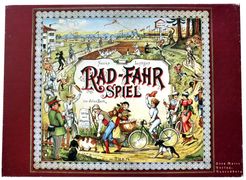



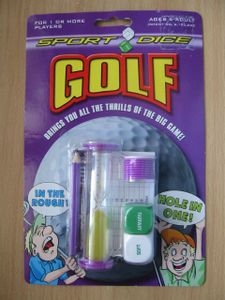
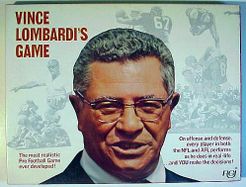

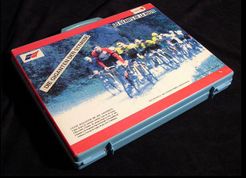
Comments (0)